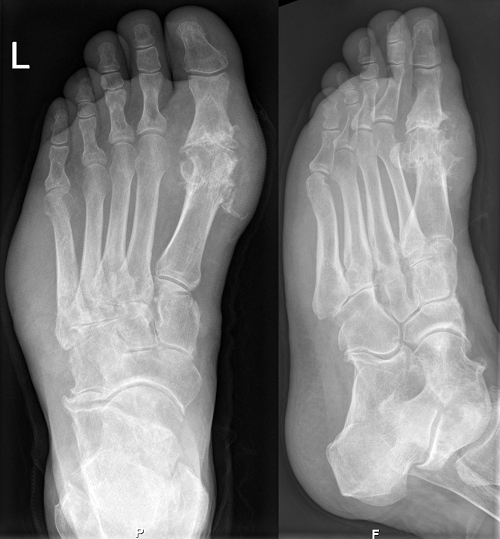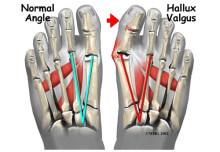With daylight savings bringing longer days and March Madness upon us, Spring is starting to feel real. This means we will soon be slipping into shorts, skirts, and dresses. I only hope we can get through the dress-wearing season without constant references to the recent viral online debate, “what color is the dress?”
Spring fashion, while welcomed by many of us tired of shivering through the cold winter months, can be emotionally troublesome for those with chronic swelling of their feet and ankles. Swelling in response to alcohol, salt, or long hours on your feet is common and benign. However, chronic lower extremity edema can also be caused by conditions that may require medical evaluation. It can be a sign of a deeper problem with the veins, lymphatic system, or even the heart/lungs.
The most common cause is due to increased pressure in the veins. The veins are the vessels that return blood back to the heart using a system of valves. When the valves are damaged, blood has trouble fighting gravity and pools in the legs and ankles (but generally spares the feet). It usually presents with changes in skin color and a tight/bursting sensation.
The lymphatic system also relates to circulation, but it is separate from the venous system. Swelling as a result of damage to this system presents as spongy (not brawny like with venous pathology). Also in contrast to venous swelling, lymphatic swelling will occur down in the feet more than the legs and ankles.
Swelling resulting from heart failure or another cardiac condition will show pitting edema, meaning you can indent the skin when you poke it with your finger. A doctor may look for signs of cardiac/vascular disease like shiny, white skin. Another clue is that swelling due to a heart condition will always present on both sides of the body. That is not necessarily true with venous or lymphatic swelling.





